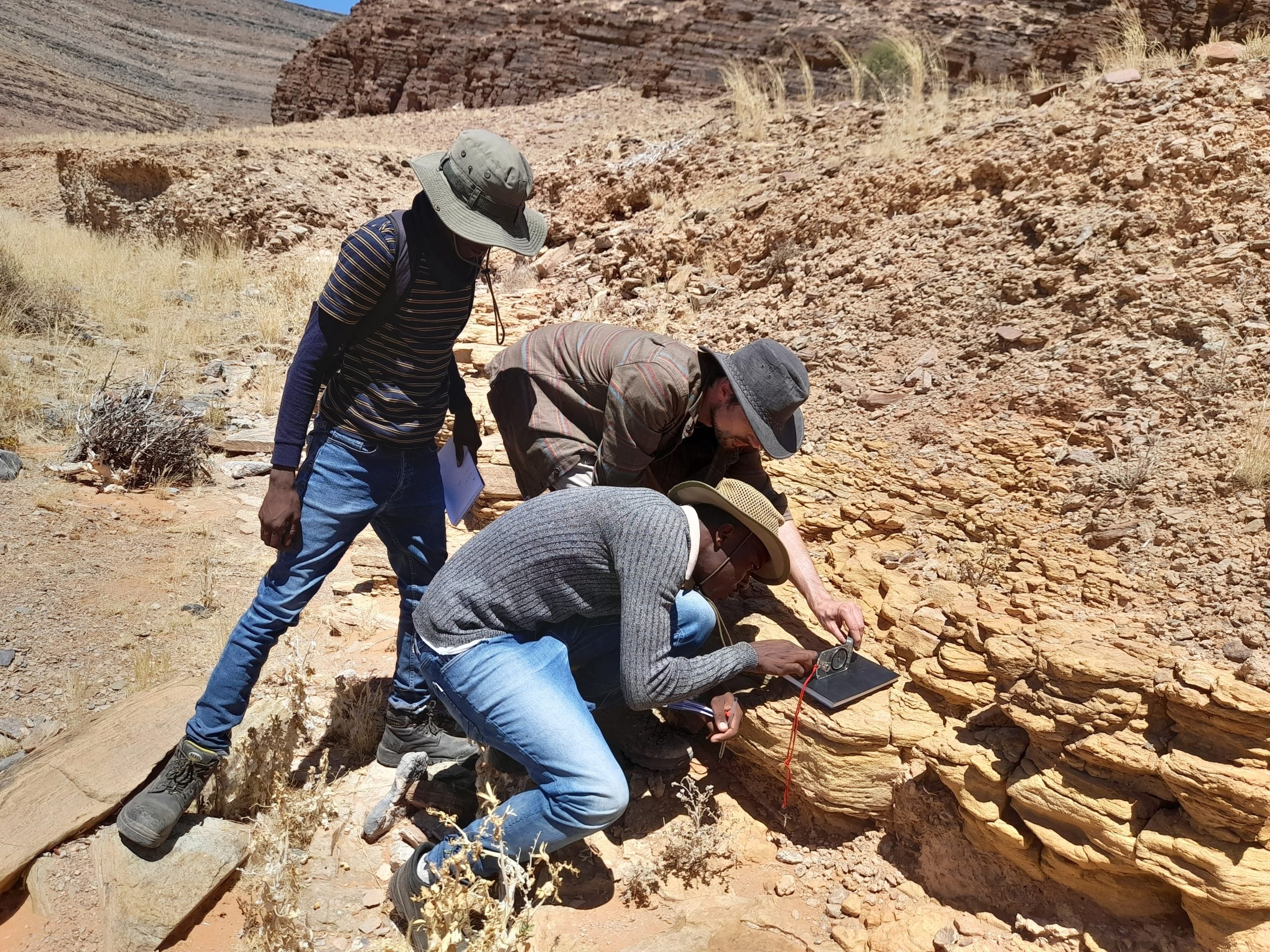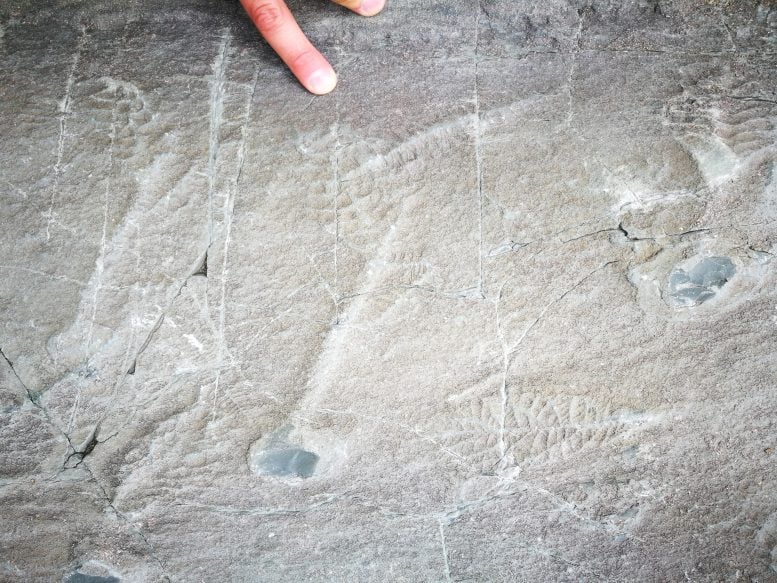
Researchers have linked changes in sea levels and marine oxygen to the evolution of early animals in a study that combines fossil analysis and geological data from 580 to 510 million years ago, enhancing our understanding of early biodiversity.
A newly developed timeline of early animal fossils shows a link between sea levels, changes in ocean oxygen and the emergence of the earliest ancestors of modern animals. The study provides insights into the forces that drove the evolution of the first organisms, from which all major animal groups arose.
A team from the University of Edinburgh studied a collection of rocks and fossils from the Ediacaran-Cambrian period – a time spanning 580 to 510 million years ago. This period saw an explosion in biodiversity according to the fossil record, which has puzzled scientists since Charles Darwin.
Evolutionary Complexity in the Ediacaran
All of the earliest animals found from this era were sea dwellers, at a time when oxygen levels in the air and ocean were much lower than they are today.
While the first life forms before this time were unicellular and multicellular organisms, organisms in the Ediacaran began to become more complex, with multiple cells organized into body plans that allowed them to feed, reproduce, and move across the ocean floor.

This era also saw the emergence of so-called bilateral animals – animals with symmetrical body plans, similar to most animals today. Class Including humans.
By combining data from various sources — including radiometric dating and geochemical information about the rock layers in which the fossils were found — the team mapped all the major fossil discoveries and different environmental data sets onto a single timeline.
The new timeline allowed the team to study biodiversity trends during the period in question in greater detail than in the past.
The researchers combined these findings with other chemical evidence from the geological record—confirming a link between major changes in global sea levels, periods when shallow marine environments gained more oxygen, and the emergence and diversification of early animal groups.
Biodiversity and environmental conditions
This dynamic has given rise to several significant explosions of biodiversity, known as the Avalonian, Mediterranean, and Cambrian assemblages, each marking the arrival of new animal groups and the decline of others.
By reconstructing environmental conditions from the deepest ages, the study opens up new perspectives on the ancient forces and pressures that shaped the earliest forms of life on our planet.
The team also identified gaps in the fossil record, suggesting that current knowledge about early animals is biased by the clusters of sites around the world where fossils have been found and studied.
“Constructing a timeline of early animal evolution from the rock record is a daunting task, and can only be achieved through international, multidisciplinary research,” said Dr Fred Boyer, from the University of Edinburgh’s School of Earth Sciences. “But an integrated global approach is crucial. It reveals biases in our records, while also revealing patterns in fossil occurrences, sea level cycles and environmental oxygenation.”
“Knowing what drives biodiversity is a fundamental piece of the puzzle of life,” said Mariana Yllales Agilves, a PhD student in the School of Earth Sciences who co-authored the study. “I feel very fortunate to be able to build on decades of global, multidisciplinary research and contribute to a better understanding of the role sea level plays in early animal evolution.”
Reference: “Sea Level Controls on Ediacaran and Cambrian Animal Radiations” by Fred T. Boyer, Rachel A. Wood, and Mariana Yellalis, July 31, 2024, Scientific progress.
DOI: 10.1126/sciadv.ado6462
This paper was funded by the Natural Environment Research Council (NERC).




More Stories
Boeing May Not Be Able to Operate Starliner Before Space Station Is Destroyed
Prehistoric sea cow eaten by crocodile and shark, fossils say
UNC student to become youngest woman to cross space on Blue Origin